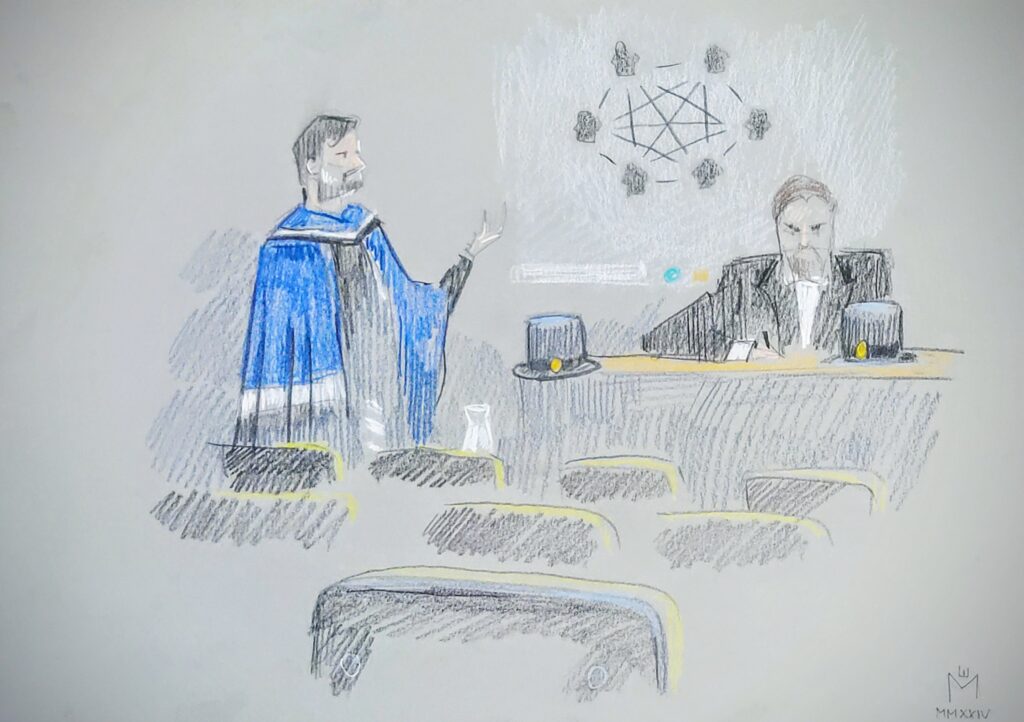I defended my DSc thesis, Spreading and Epidemic Interventions: Effects of Network Structure and Dynamics, on Friday, March 15, 2024, at noon in the T2 hall of the Department of Computer Science at Aalto University.
- Opponent: Nicola Perra, Queen Mary University of London, United Kingdom
- Custos: Mikko Kivelä, Aalto University School of Science, Department of Computer Science
You can access an online version of my dissertation via this link.
What is my thesis about?
Spreading and Epidemic Interventions
Effects of Network Structure and Dynamics

Mathematical modeling has significantly improved our understanding of how infectious diseases spread and how interventions can be effective. Over time, these models have become more complex, capturing intricate phenomena related to diseases like HIV, flu, and even computer viruses. With our experiences during global health crises like COVID-19, it has become increasingly important to accurately model transmissions via social networks when planning epidemic responses. Traditional epidemic models often overlook the structured nature of social connections. However, this work aims to bridge this gap by contributing to the literature by incorporating the networked structure of human populations into epidemiological modeling.
The thesis focuses on network epidemiology, a field that benefits from mathematical and computational modeling to analyze how social structures influence disease transmission and the success of intervention strategies such as vaccination, contact tracing, and social distancing. This work explicitly explores how particular aspects of social network structure can impact disease spread and the effectiveness of public health measures. Additionally, the research introduces a new mathematical framework for studying how any spreading agent spreads across dynamic networks. This framework provides a foundation for exploring various spreading phenomena beyond epidemics, paving the way for further research.
The insights presented in this thesis are expected to offer valuable clues to individuals interested in modeling and navigating future epidemics. It emphasizes the significance of adopting epidemic models that recognize the intricate relationship between human behavior, social structures, and disease dynamics.





